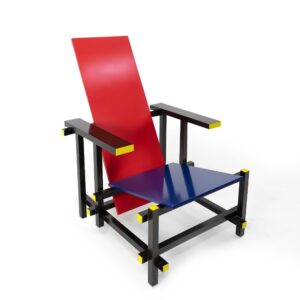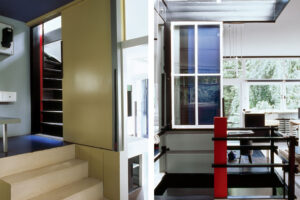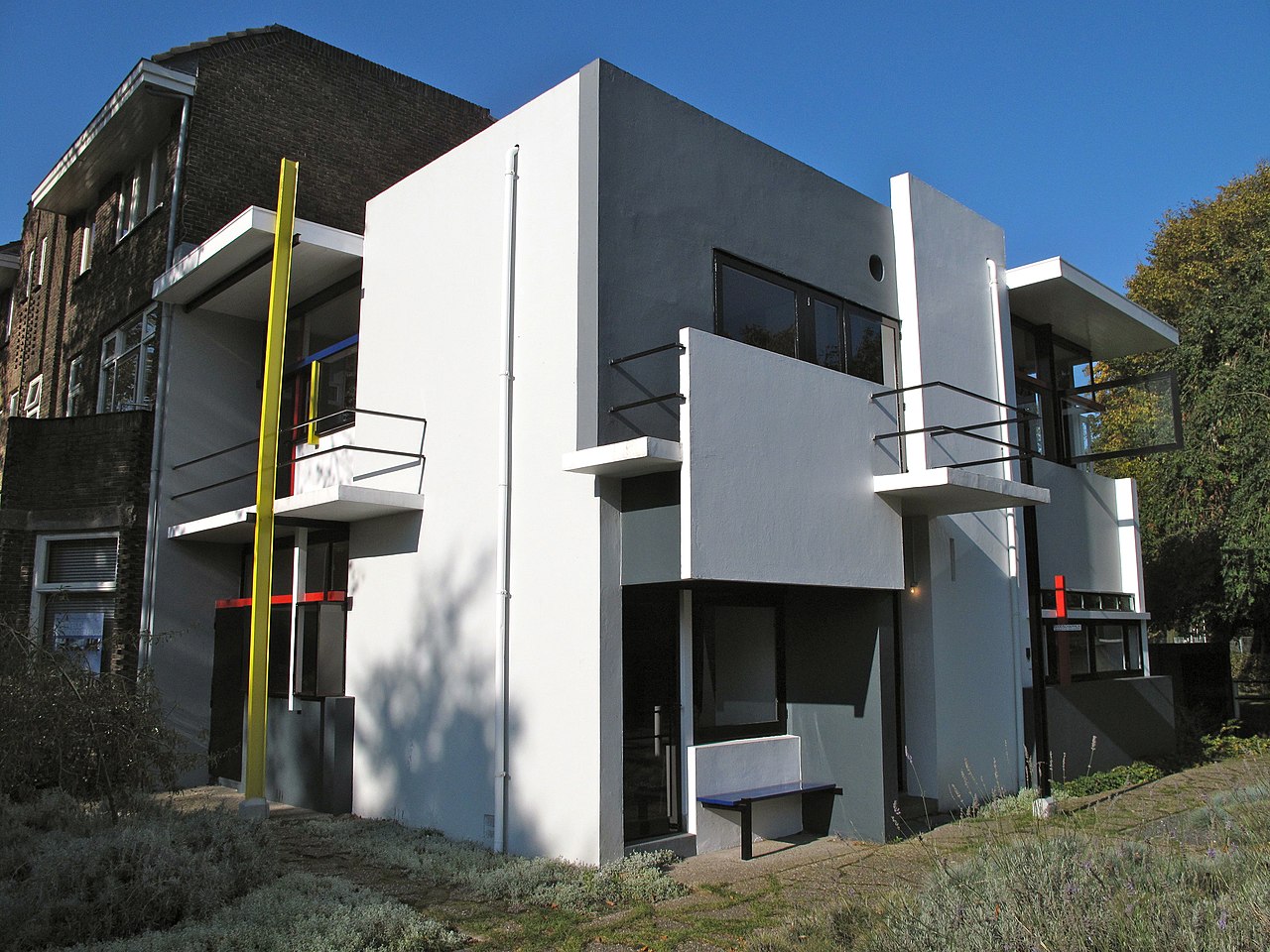The turn of the 20th century was rich with change in almost all aspects of life. Artists and architects across the globe were more inspired than ever to bring unprecedented works of art to life. Many of which originated in the numerous modernist movements that emerged during this period. Today, we’re exploring De Stijl, a celebrated Dutch movement formed partly as a reaction against Art Deco.
The History of De Stijl
De Stijl was founded in 1917 by a cohort of painters, sculptures, architects and poets in the Netherlands’ largest city, Amsterdam. The art movement is also known as Neoplasticism. However it is more commonly referred to by its traditional name, De Stijl, which says it all for its direction. Meaning ‘the style’ in dutch, nearly all of the artwork and architecture stemmed from a simple vision and philosophy.
The principles of the movement set to ignore natural form and color. Instead it simplified compositions to only vertical and horizontal lines and palettes to only black, white and primary colors.
Throughout De Stijl’s lifespan – from 1917 to roughly 1931 – its advocates pushed for full abstraction. However, it never reached the chimeric expressions found in other abstract movements. Artists and architects associated with De Stijl still developed their own visual language, using various avant-garde elements that ranged from basic geometrical figures to intersecting planes and unbent lines.
Much of De Stijl’s work embodied a utopian vision, and realizing that vision was unattainable was one of the resulting factors for its downfall. However, the movement’s continued fame and recognition exists today thanks to the many acclaimed works and artists who contributed to De Stijl.

Celebrated Works
One of De Stijl’s most well-known works came from the Red and Blue Chair. As one of the first explorations of the movement, furniture designer and architect Gerrit Rietveld first designed the chair in 1918 but didn’t fully complete it until five years later, in 1923.
Sticking to De Stijl’s design philosophy, the Red and Blue Chair makes use of only primary colors, along with black, and is one of the most popular creations of the movement. Rietveld envisioned the chair to be mass-produced but intentionally designed it to appear man-made due to its unique, clearly defined construction.
Another well-known work of the movement and the only architectural building which followed all of its aesthetic properties was Rietveld’s Rietveld Schröder House. Built in 1924, the house was a commissioned project for Truss Schröder-Schrader, whose original vision included a grand open space without any walls.

Rietveld delivered on Schrader’s vision, utilizing construction elements that emphasized the building’s form, including various slabs, posts and beams. Making each wall portable, he designed each room as if each was its own movable entity. The design took use of De Stijl’s emblematic color palette of black and white and looked nothing like any of its neighboring builds.
Although it might not be the most notable movement stemming from the Netherland’s, De Stijl’s presence in everything from Dutch literature and paintings to architecture and music communicates just how influential the art movement was throughout the early 20th century.

